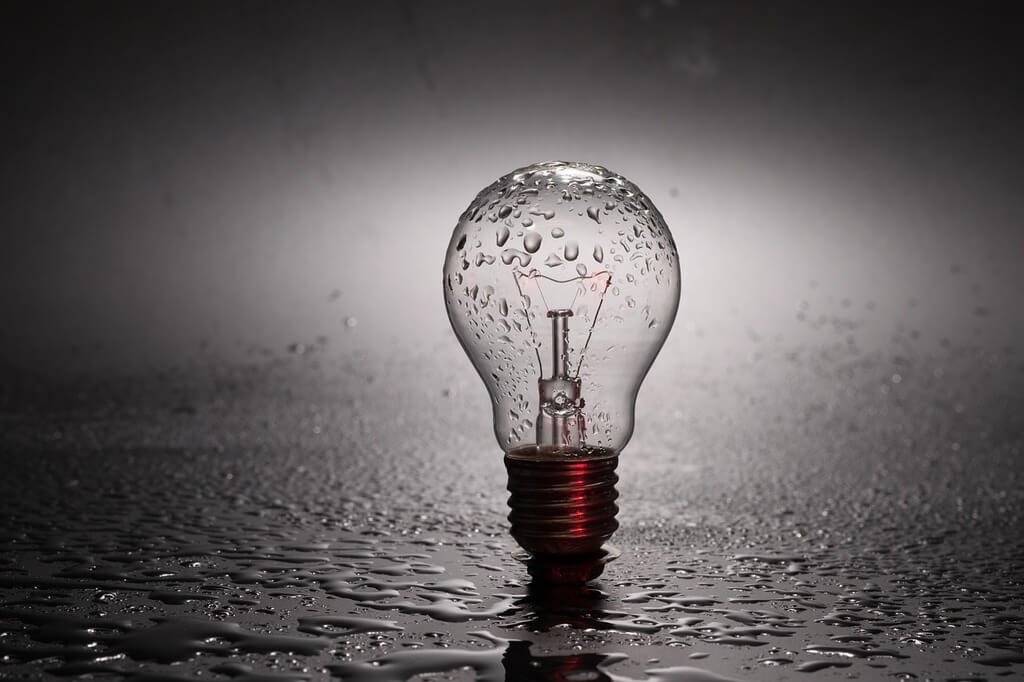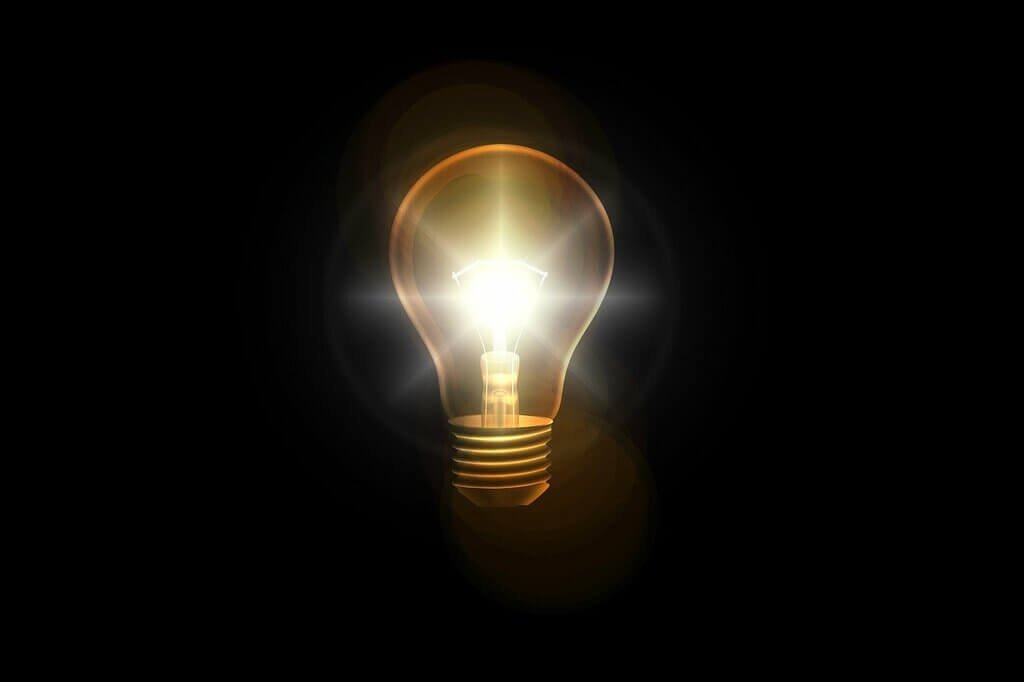The invention of the light bulb is often attributed to Thomas Edison, and while he played a pivotal role in its development, the journey to creating this revolutionary device involved the contributions of several inventors over the years. In this exploration of the fascinating history of the light bulb, we will delve into the minds and innovations of various pioneers who paved the way for the bright, energy-efficient world we live in today.

Early Illumination
Long before the iconic image of a glowing bulb above one’s head became synonymous with a bright idea, early attempts at artificial illumination date back to ancient times. Ancient Egyptians, Romans, and Greeks used oil lamps, candles, and other primitive light sources to stave off the darkness. However, these sources were limited in terms of efficiency and longevity, setting the stage for a revolutionary breakthrough in lighting technology.
The Spark Of Innovation
The first notable steps towards the creation of the light bulb were taken in the early 19th century. In 1800, Sir Humphry Davy, a British chemist, demonstrated the electric arc – a bright light produced between two carbon electrodes. Although this was a significant leap forward, the practical application of Davy’s discovery was limited by the short lifespan of the electrodes and the intensity of the light produced.
In the subsequent decades, inventors across the globe continued to experiment with different materials and methods to improve upon the concept of electric lighting. Notably, Warren de la Rue, a British scientist, developed a light bulb using a coiled platinum filament inside a vacuum tube in the 1840s. While this design showed promise, the high cost of platinum made it impractical for widespread use.
The Edison Era
The most iconic name associated with the light bulb is undoubtedly Thomas Edison. In the late 1870s, Edison, an American inventor, and his team embarked on an ambitious quest to create a commercially viable and long-lasting electric light source. After countless experiments, Edison settled on a carbonized bamboo filament housed in a high-vacuum glass bulb.
In 1879, Edison’s perseverance paid off when he successfully demonstrated his incandescent light bulb, providing a practical and reliable solution to the world’s need for indoor lighting. This marked a turning point in history, as the invention laid the foundation for modern lighting systems and transformed daily life for millions around the globe.
Edison’s Success And The Battle Of The Bulbs
Edison’s incandescent light bulb quickly gained popularity, and he established the Edison Electric Light Company to promote and implement his revolutionary invention. However, Edison was not the only inventor in the game. A notable competitor was Joseph Swan, a British physicist, who independently developed a similar incandescent light bulb around the same time as Edison.
The two inventors found themselves in a legal battle over the patent rights for the light bulb. Eventually, they joined forces and merged their companies to form the Edison and Swan United Electric Light Company in 1883. This collaboration allowed them to share their innovations and further advance the technology, solidifying their places in history as pioneers of electric lighting.
Evolution Of The Light Bulb
Following Edison and Swan’s successful collaboration, the light bulb continued to evolve. Improvements in filament materials, such as tungsten, further increased the lifespan and efficiency of bulbs. In the early 20th century, advancements in manufacturing techniques and the introduction of frosted glass enhanced the overall quality of light emitted by bulbs.
The 20th century saw the rise of various types of bulbs, including fluorescent and compact fluorescent lamps, which offered increased energy efficiency compared to traditional incandescent bulbs. These developments contributed to the ongoing efforts to create more sustainable and environmentally friendly lighting solutions.

Contemporary Innovations
As technology continued to advance, the 21st century brought about a new era of lighting innovations. Light-emitting diodes (LEDs) emerged as a highly efficient and long-lasting alternative to traditional bulbs. LED technology not only reduced energy consumption but also allowed for a wide range of color options and programmable lighting systems, revolutionizing the way we illuminate our surroundings.
The widespread adoption of LED lighting has had a profound impact on energy conservation and sustainability. Governments and industries around the world have embraced LED technology as a key component of their efforts to reduce carbon emissions and combat climate change.
Final Thoughts
The invention of the light bulb is a story that spans centuries and involves the collective efforts of numerous inventors. While Thomas Edison is often credited with the creation of the commercially viable incandescent bulb, it is crucial to recognize the contributions of others like Humphry Davy, Warren de la Rue, and Joseph Swan. Their combined efforts and innovations have paved the way for the diverse array of lighting options available to us today.
The evolution of the light bulb from its early, humble beginnings to the sophisticated LED technology of the present day is a testament to human ingenuity and our relentless pursuit of progress. As we bask in the glow of modern illumination, let us appreciate the legacy of those who lit the path for us, making the world a brighter and more connected place—one light bulb at a time.
Also Read: Who Invented The Car?
